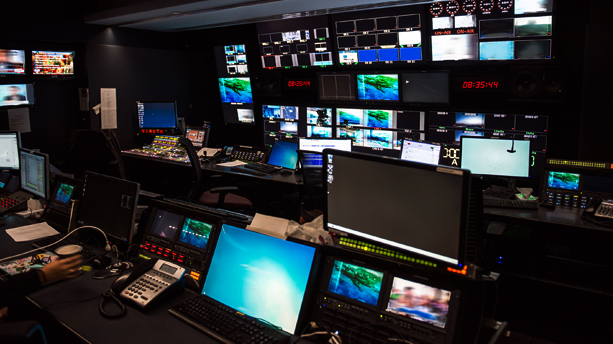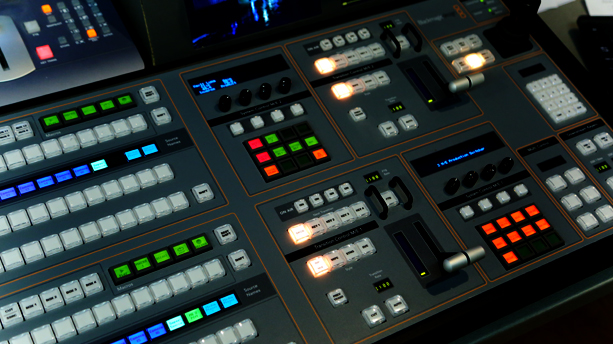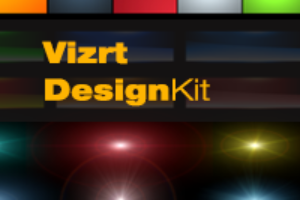ATSC 3.0 Broadcast Design
Atsc 3.0 Broadcast Design
Content consumers today want the ability to watch what they want, wherever they are, on any device whether it’s being delivered over the air, locally, via the internet, satellite or cable. In order to adapt to these changing viewing behaviors and demands a new system is needed by broadcasters to support consumer interests and future requirements. In addition this new system must permit future expansion and the ability to evolve further to meet consumer demands. ATSC 3.0 is the next-generation broadcast standard meant to address these issues.
With the FCC calling for a voluntary adoption of ATSC3.0 standards from broadcasters, it might be of interest to take a look at this subject to see how it might influence your job, increase innovation and create new revenue opportunities in the coming years.
 Atsc 3.0
Atsc 3.0
Essentially ATSC 3.0 is an advanced transmission and video/audio coding technique to bring new and creative services to viewers. Designed to allow the seamless use of broadband and broadcast to deliver services to devices. An example might delivering a video in one language via broadcast but allowing the viewer to choose an alternate language audio stream, being delivered by broadband.
The internet has become a major source of TV content in which it can be viewed on a variety of devices through an growing pool of delivery platforms and content providers. The current DTV standard was launched in 1996 and there have been a number of changes and developments since then. The development of a new system has not only become desirable but essential.
Here's a list of how much media consumption has changed and why and upgrade is needed since the last standards were set.
- Mobile domination
- Tablets and phones are in widespread use
- Major advancements made in video coding technologies
- Strong consumer desire for higher-resolution images
- 4K expansion
- Social Media integration
- Audio delivery has become more immersive
- Consumers expect interactivity
- Delivery outlets other than broadcast have become commonplace
- The spectrum is becoming increasingly scarce
Though the ATSC 3.o standard is meant to last, consumer demands are unpredictable and will evolve into wanting more. This means ATSC 3.0 will have to bridge the gap between today’s technology and more advanced technologies around the corner.
 How will it affect the delivery of on screen graphics? The concept of of object-based broadcasting could be something you hear about and see in the coming years as it might be a factor in the videos you watch on your mobile devices. With mobile there will be opportunities for broadcasters to embed additional information streams within in their broadcast to reach consumers. For instance broadcasters could include video of the on-air talent but also include a variety of other objects in the stream like maps, traffic icons, weather data, date, time and subtitles. Each of these objects would adapt to different sizes and locations per device and be delivered as-needed, when-needed per consumer. Furthermore these objects could be personalized and targeted for each individual consumer, much like targeted ads on the internet. How the workflow of design, embedding and delivering these objects is yet to be seen but with consumer demand pushing the technology, there should be new opportunities for further audience targeting and revenue opportunities.
How will it affect the delivery of on screen graphics? The concept of of object-based broadcasting could be something you hear about and see in the coming years as it might be a factor in the videos you watch on your mobile devices. With mobile there will be opportunities for broadcasters to embed additional information streams within in their broadcast to reach consumers. For instance broadcasters could include video of the on-air talent but also include a variety of other objects in the stream like maps, traffic icons, weather data, date, time and subtitles. Each of these objects would adapt to different sizes and locations per device and be delivered as-needed, when-needed per consumer. Furthermore these objects could be personalized and targeted for each individual consumer, much like targeted ads on the internet. How the workflow of design, embedding and delivering these objects is yet to be seen but with consumer demand pushing the technology, there should be new opportunities for further audience targeting and revenue opportunities.




